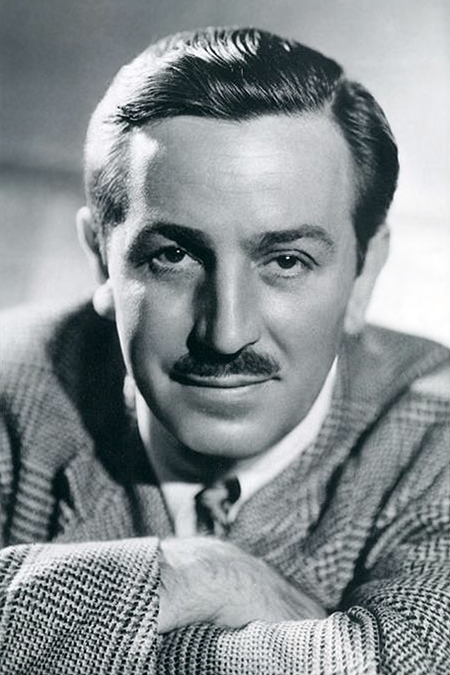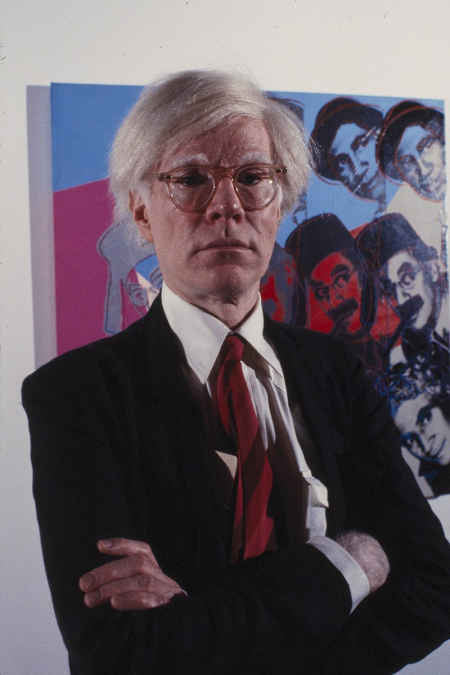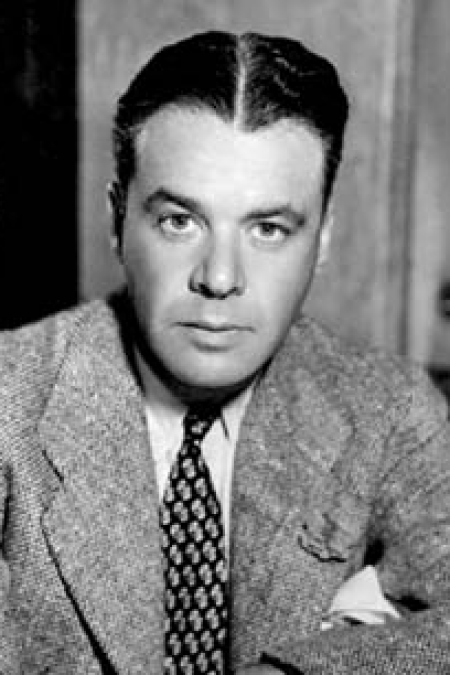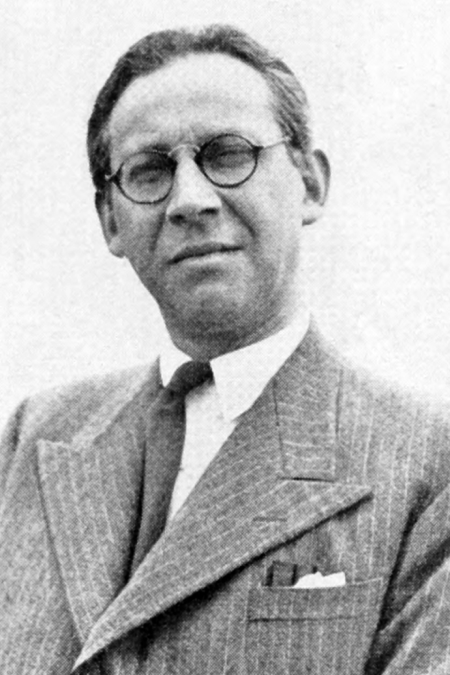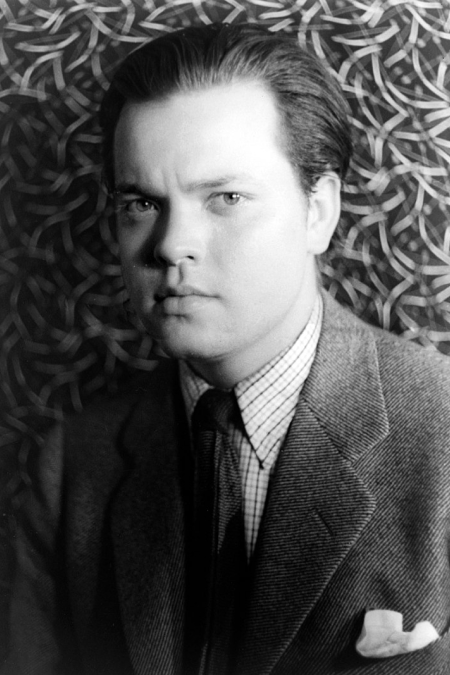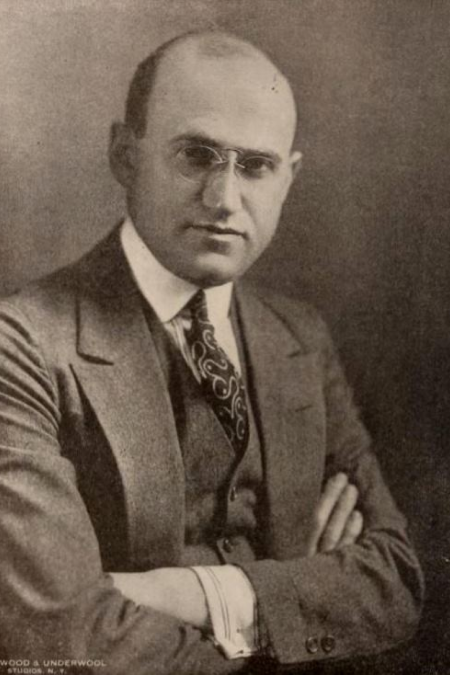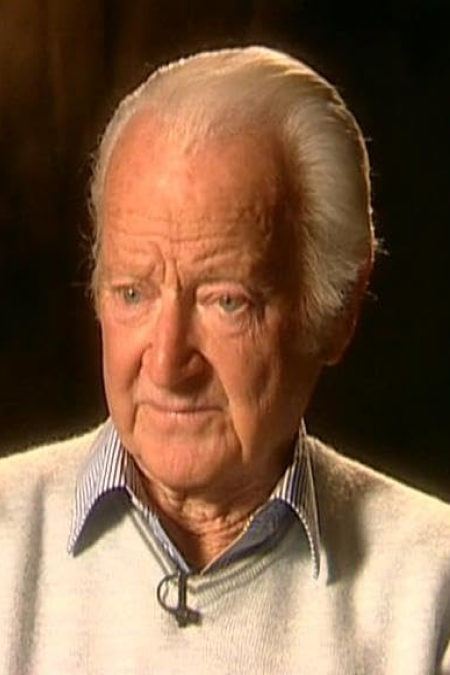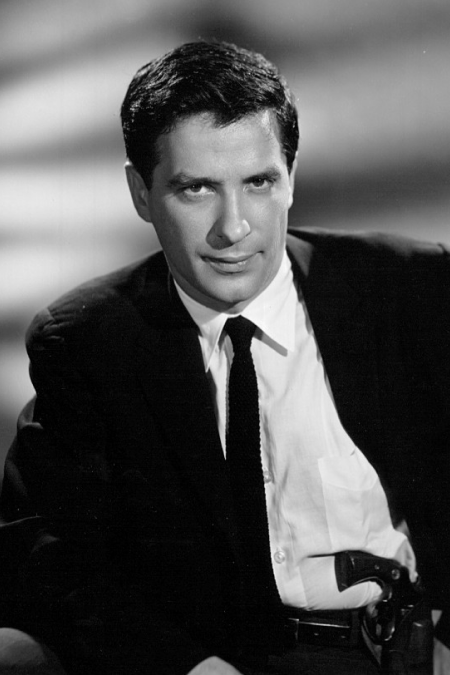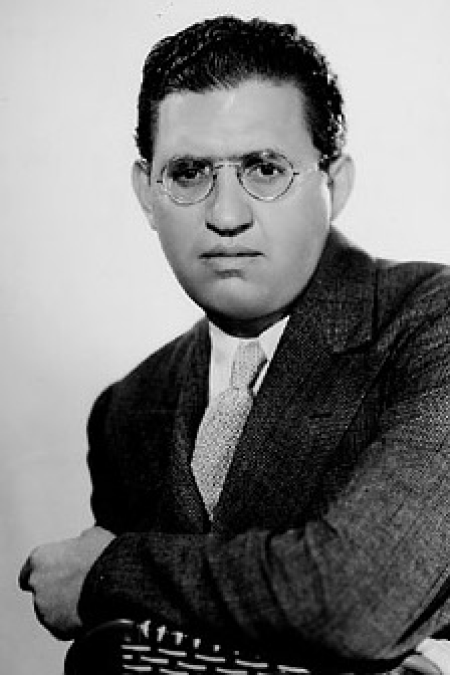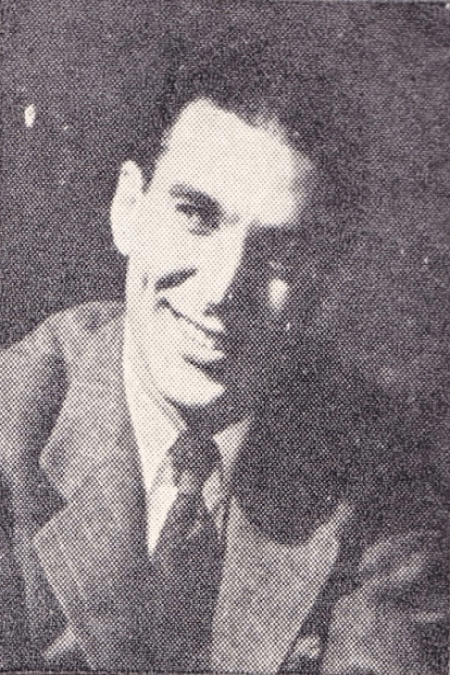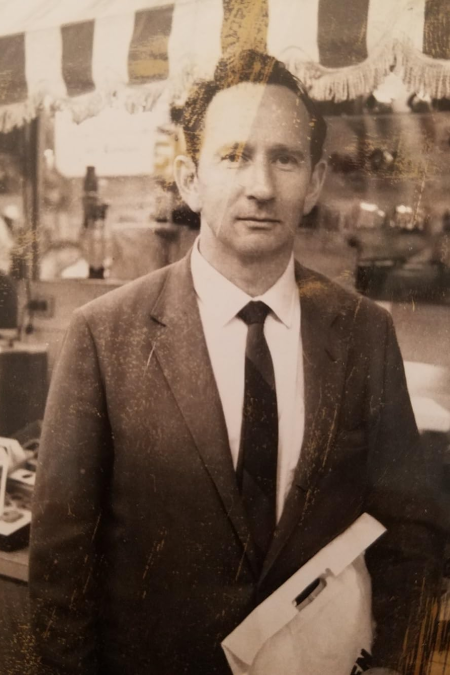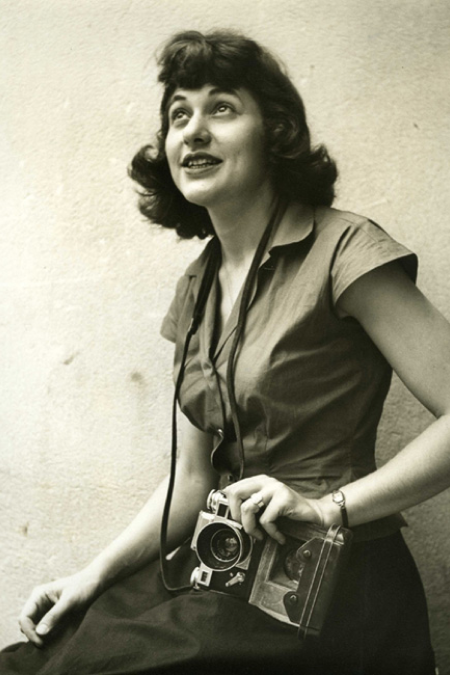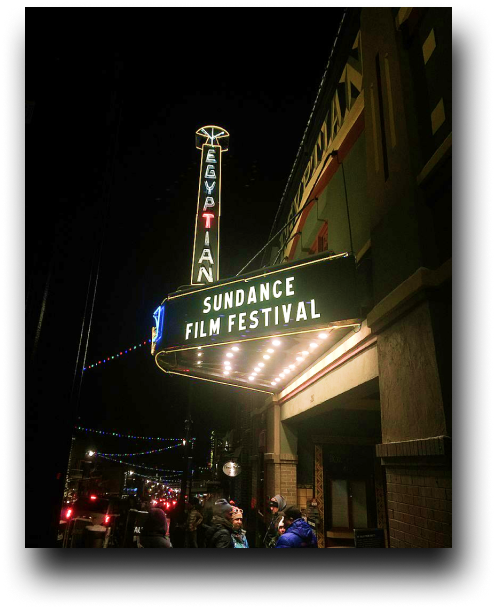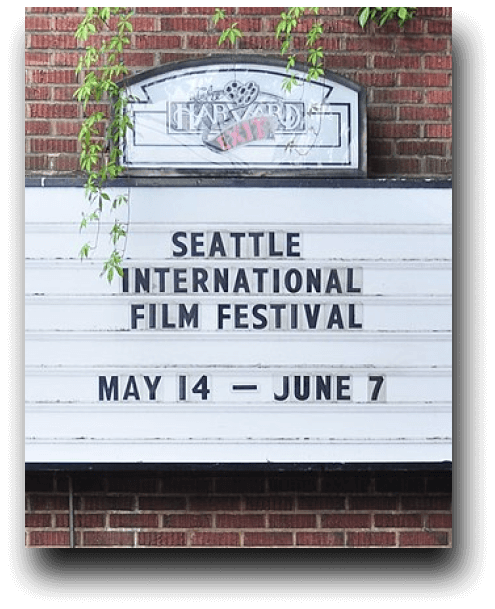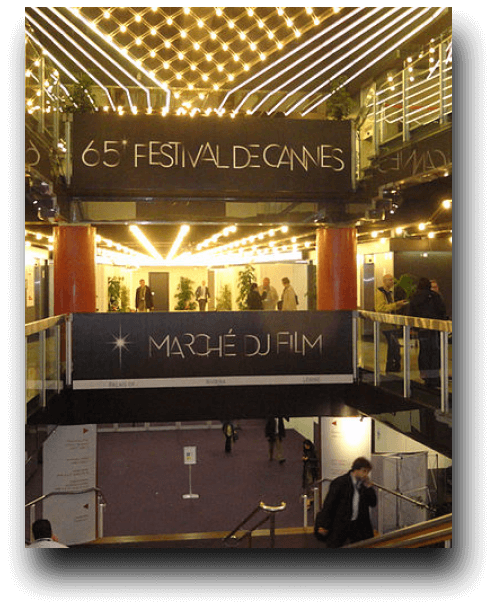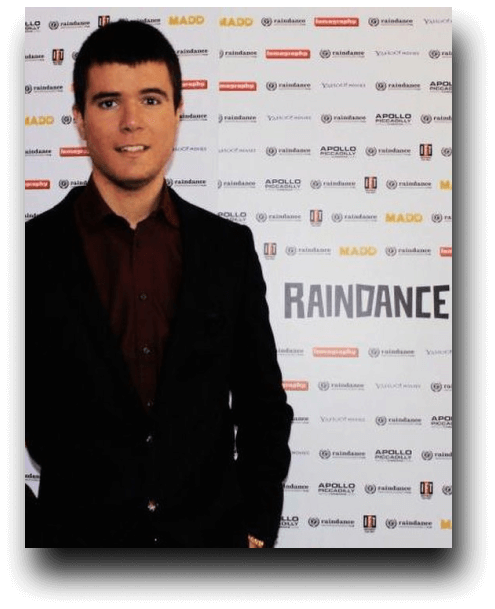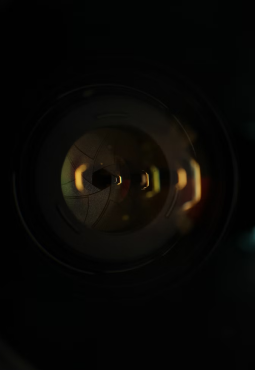
From Script
to Screen
Unlocking the World of
Independent Films and Film Festivals
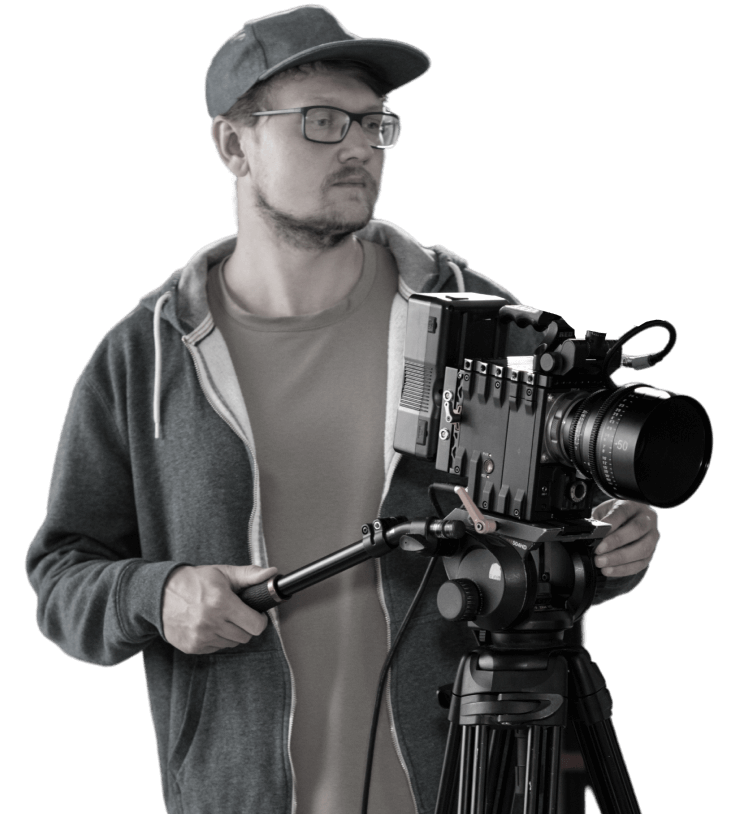
Independence represents values, attributes, and styles unique to the individual. People each have their own truth—a singular version of events. Film enables creative minds to display these stories visually and express their authenticity through sound, color, and dialogue.
For many creatives, independent film offers a direct route into the film industry. Events like film festivals look to amplify indie voices, but how have we achieved this level of accessibility in a once prestigious and closely guarded industry?

Keep reading to identify critical dates in independent cinema’s history, helping you recognize how styles and influences have changed. The guide also outlines notable indie directors and producers to explore, explains film festivals in history, top film festivals with opportunities for indie filmmakers, explores filmmaking career paths, and notes four essential resources.
History of
Independent Films
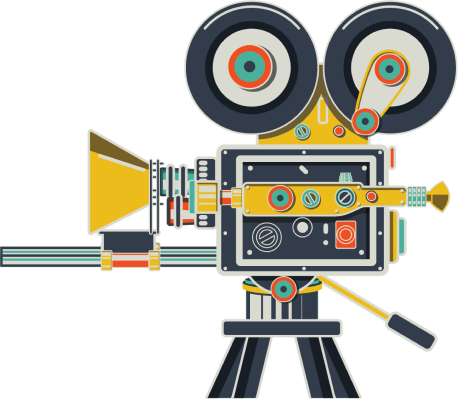
Independent filmmaking,
as reported by many historians and scholars publishing research through entities such as Dartmouth University, dates right back to 1908. Historically, independent film sprouts from the instinctive need for individuality and authenticity.
In 1908, 10 film studios established The Edison Trust, officially named the Motion Picture Patents Company and nicknamed The Trust.
The original founding producers and distributors included :
Licensed members also include French companies;
Pathé, Gaumont, and Méliès.
The Trust strived to seize control over the film industry by fostering a contract with the US’ largest film stock manufacturer of the time, Eastman Kodak Company.
It’s then no surprise that the main clause of this partnership restricted the procurement of film to anyone outside of The Trust’s membership, consequently limiting supply for indie filmmakers.
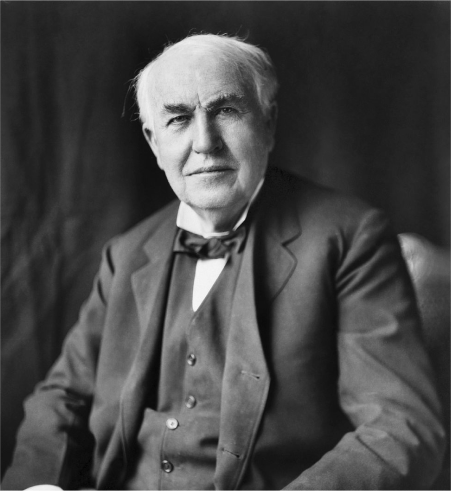
The Edison Trust’s Hollywood dictatorship
Imposed notorious limitations on theater owners, film directors, and producers who rejected membership to uphold the value of independent storytelling.
Their coercive control involved the constriction of access to filming equipment like cameras and projections in an attempt to suppress indie filmmakers. They also prohibited commercial exposure of acting personnel to keep salaries at a low rate.
While it’s no surprise that The Trust stung several prevalent industry professionals, such as Charlie Chaplain and Mary Pickford, it was unsuccessful in silencing independent creatives.
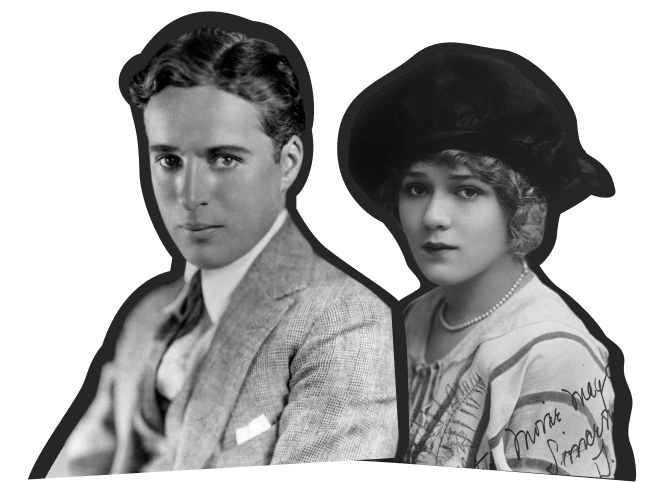
After the disintegration of the Motion Picture Patents Company in 1915 following a court hearing labeling the entity as a restraint of trade, several industry figures came together to establish United Artists in 1919.
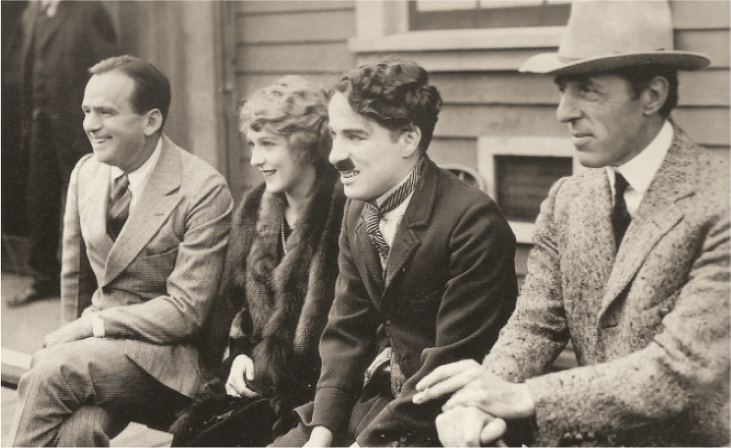
The United Artists became a defining component in the future of indie cinema as the first independent movie studio in the United States of America. Alongside Charlie Chaplain and Mary Pickford, Douglas Fairbanks, and D.W. Griffith vowed to push creative boundaries by providing filmmakers a safe platform to convey their narratives and advocating for indie directors’ and producers’ rights.
For example, it granted filmmakers freedom on film duration, as The Edison trust previously limited movies to 10 to 20 minutes under the pretense that audiences couldn’t sustain interest in entertainment for longer.
In 1941, the United Artists expanded and gained recognition under a new name–the Society of Independent Motion Picture Producers.
Besides the renowned figures listed above, the expansion involved help from prominent names like
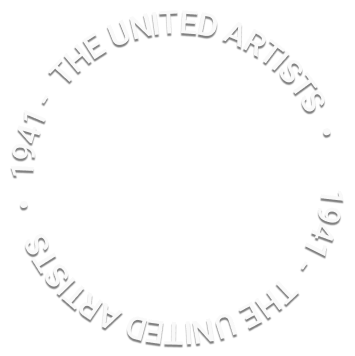
Modern readers will correlate many of these names to art; unironically, that’s just what independent films are – a unique art form.
1941 was a turning point for independent film, as the expanded organization strived to improve access to resources like equipment and space and ensure creative leadership and direction to niche producers. Their advocacy was about voicing all indie films had to offer, broadening the horizons for prospective spectators, and giving them alternate options that the blockbuster movies major studios displayed.
It’s good to note that around the 1920s through to the 1950s, the concept of independent film was no longer exclusive to directors, but producers’ ideas were also heard.
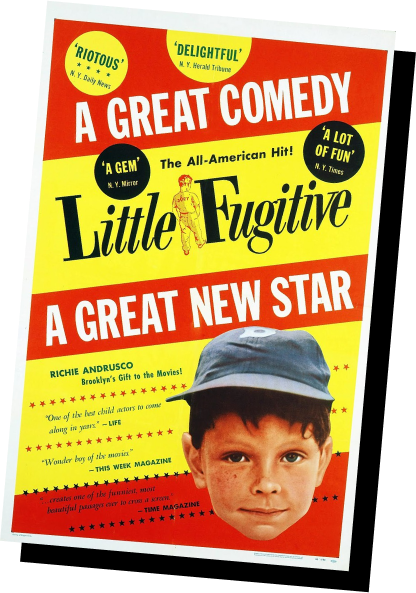
Little Fugitive’s Impact on Indie Cinema
Little Fugitive, a critically acclaimed movie from 1952, is a staple in recognizing the success of American independent cinema.
Directed and written by
The movie starred Richard Brewster, Winifred Cushing, and Jay Williams.
It’s about a young boy who flees to Coney Island for fear of shooting his brother–the plot twist being his brother faked his fatal injuries.


Filmmakers sourced innovative technology of the 50s, such as Steadicams, that gave viewers an authentic representation of how the small boy viewed the world. Steadicams also ensure smooth camera movements, improving immersion–significantly contributing to the film’s popularity. They also fixed hidden cameras to provide a genuine view of New Yorkers visiting the beach.
Independent films of the 1920s–1950s
Indie films of the 1920s to 1950s gave audiences a sense of realism they hadn’t experienced before. They covered topics like interracial relationships, emigration, acceptance, and materialism.
Audiences also gained some insights into sensual and sexual relationships, but movies remained morally sound overall. Here are several popular indie films of this time:
The Symbol of the Unconquered
Oscar Micheaux
The Gold Rush
Charlie Chaplain
Vampyr
Carl Theodor Dreyer
Mister E
Margaret Conneely
American New Wave
The American New Wave, also known as New Hollywood, ran between the 1960s and 1980s. Liberalism during this time becomes more prevalent as people become more aware of themselves and their desires. People wanted to see more color. They wanted intrigue and surprise.
Avant-garde entertainment
Europe’s dedication to avant-garde entertainment fed into audiences’ natural voyeuristic tendencies. Avant Garde films invite viewers to see unusual and experimental ideas come into play from the comfort of the cinema or theater.
La Nouvelle Vague, or the French New Wave and Italian Neorealism, gave viewers visceral depictions of lives outside their own with unique storytelling techniques, like circular narratives.
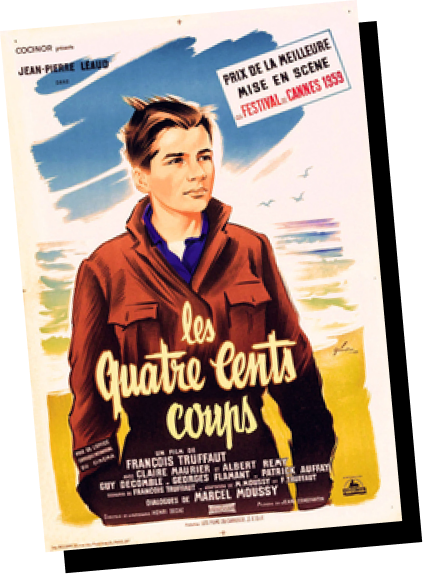
Ground-breaking films like The 400 Blows, which emerged in the late 50s by the proclaimed Francois Truffaut, proved the success of hyperreal filming. From then, these themes and movements became highly associated with the “New Wave,” heavily influencing significant shifts in the U.S. film scene.
Daringly real themes empowered a wave of younger filmmakers finding their way into the American film industry to introduce their new ideas and voices. Although not exclusive to independent filmmaking, these youngsters rejuvenated how they market, plan, and make movies.
While films of the 20s and 30s honed on family values, traditional romance, and societal issues, New Wave adopted a documentary-style approach to delve into the nitty gritty components of real life.
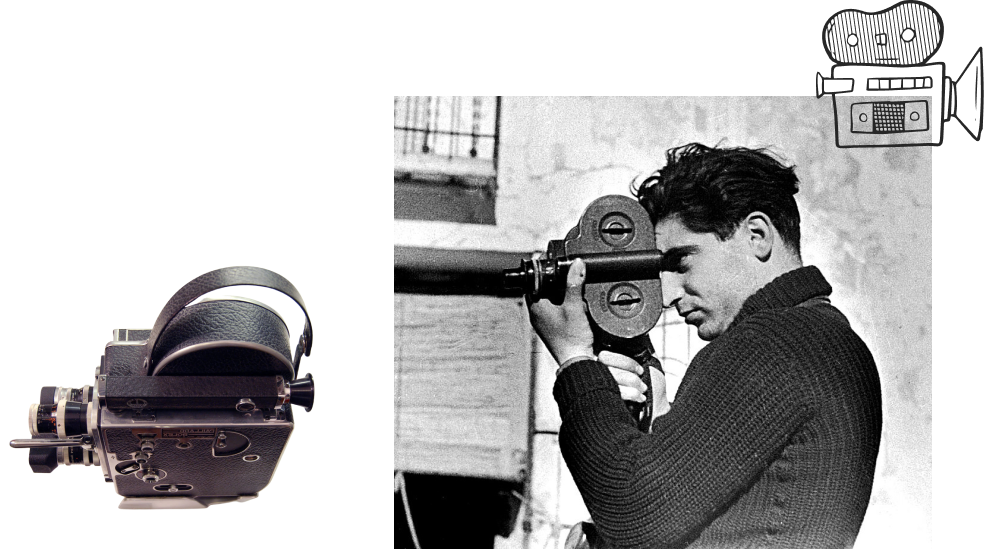
Techniques like handheld camera shooting and breaking the fourth wall paid homage to highly sought-after realism and melodrama. Films from the auteur renaissance firmly claim independence and don’t hold back on telling the visceral truth.
Scorsese’s Who’s that Knocking at My Door and Coppola’s The Godfather share clear themes of violence, crime, sex, and religion.
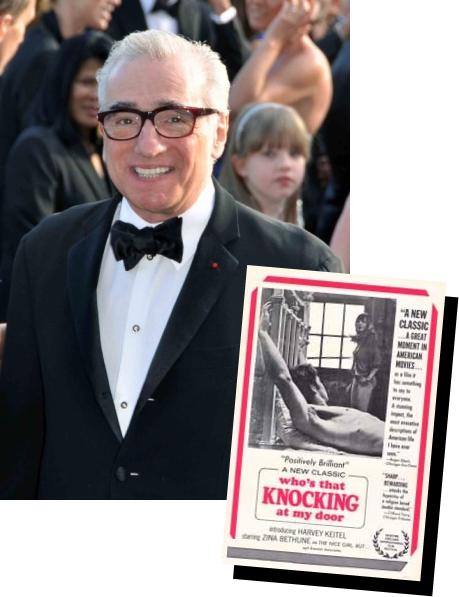
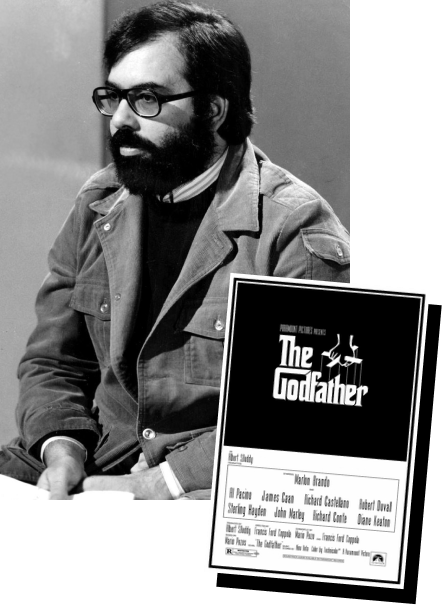
The New Wave collapsed during the late 70s, closing the auteur renaissance chapter. Although indie films had relished great success, major studios lost interest in auteurs and returned to conventional film formats.
American New Wave Independent Films
Existentialism, sensuality, and hyperrealism are standard components of American New Wave indie films. Their narratives were more experimental, but they still didn’t rely on advanced effects to communicate emotions or immerse audiences.
Instead, they relied on immersive shots that felt like the audience was there. Famous New Wave indie films include:
Pull My Daisy
John Cassavetes
The Connection
Shirley Clarke
Cleopatra
Joseph L. Mankiewicz
Indie Filmmaking in the 80s
Although the 80s were a time of exploration and expression, it faced some neglect after the fall of New Hollywood. The resurgence of megabuck-winning blockbuster films may have overpowered America’s film scene. Still, the 80s indie films left a lasting impact, with modern viewers finally acknowledging these movies’ cultural impact.

For example, the Terminator (1984) may now be director James Cameron’s largest franchise, but it was a one-of-a-kind action indie film when first released.
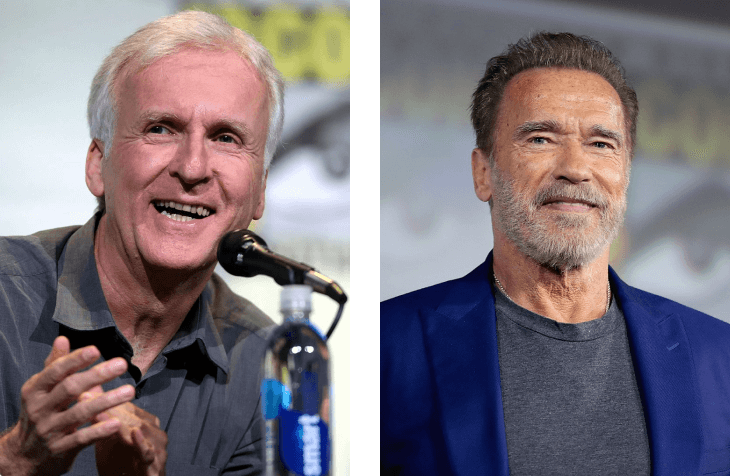
While overwhelming credit is due to Arnold Swarzenegger’s gripping performance, Cameron’s innovative way of hooking the audience with thrilling scenes of adult horror and violence gave viewers entertainment they’d never experienced before.
80s Independent Films
Independent cinema in the 1980s isn’t far from what we recognize today. Filmmakers utilized low budgets to communicate authentic stories about relevant topics, including materialism, careerism, sexuality, and racism.
Grainy stock films and handheld camera techniques threw audiences into the midst of action, sharing an experience viewers couldn’t get enough of. Here are several 80’s indie films:
The Evil Dead
Sam Raimi
Stranger Than Paradise
Kim Jarmusch
After Hours
Martin Scorsese
21st Century Independent Films
Indie films of the modern era uphold traditional aspects like utilizing a low budget, and offering new talent platforms to share their stories, display their abilities, and cover raw topics. Authenticity resonates with audiences who want a break from the conglomerates and crave inspiration from artistic voices.
Some audiences, as reported by Variety Magazine in 2022, perceive the latest releases as “strange.” Their analysis concludes that realism in indie films shares genuine perspectives, giving them food for thought and now just a form of escapism.
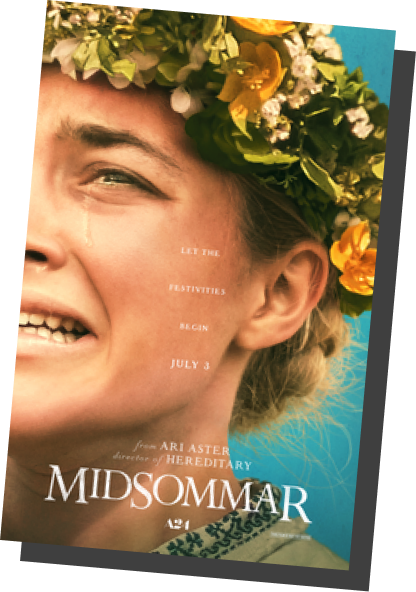
Midsommar (2019), directed by Ari Aster, and featuring Florence Pugh, delves into rural Sweden. On what they previously identified as an idyllic retreat, the characters find themselves part of a pagan cult practicing taunting rituals, cutting and burning bodies.
Aster’s masterpiece cleverly juxtaposes Sweden’s tranquil natural landscape and floral costumes with the brutality of a cult–something viewers wouldn’t see without film.
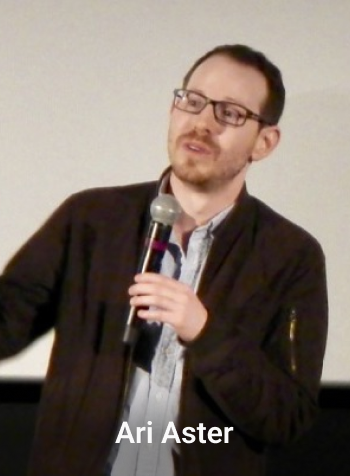
Today, producers and directors across the industry, including Scorsese, advocate for the exposure and celebration of independent films. They do this by using more theaters to screen independent films; as he quotes indie films could safeguard the future of cinema.
According to Collider in 2023, Scorsese recognizes indie films as more than entertainment. While this doesn’t discredit blockbusters like Avatar or Batman: The Dark Knight, it suggests indie films offer unique cinematic experiences that can inspire innovative ideas–just as it did in the 80s.
His fears of cinema’s demise relate to the growth of home streaming and claims the cinematic experience frees viewers from all distractions, as you’re faced with only darkness and a full screen.
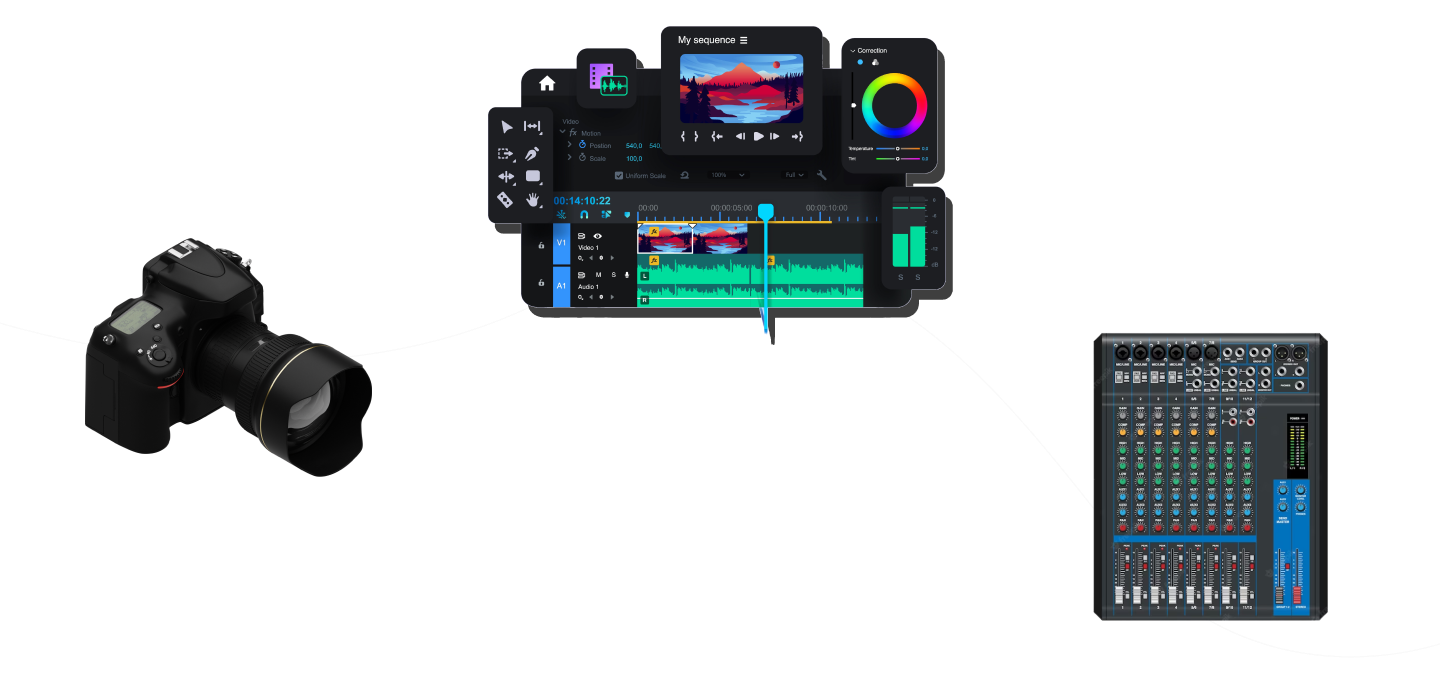
The outcry for improved access to indie films ricochets across America. Filmmakers can now procure fundamental tools, like affordable cameras, editing software, and sound equipment.
Local, national, and international film festivals offer indie filmmakers ample opportunities to submit their productions, which are sometimes displayed in front of broad audiences and industry professionals.
Meanwhile, training in filming, editing, sound recording, and special effects is more prevalent now than ever before. Colleges worldwide offer tertiary educational courses embellishing students with strong skill sets in camera operation, sound engineering, and talent sourcing.
Independent Films from 2000-Present
Indie cinema maintains core themes of realism and explores the modern tribulations of finding one’s identity, exploring cultural values, and experimenting with relationships. The documentary filming style remains prevalent, as seen in films like Starred Up (2013) –an authentic representation of life in a men’s British Prison directed by David Mackensie.
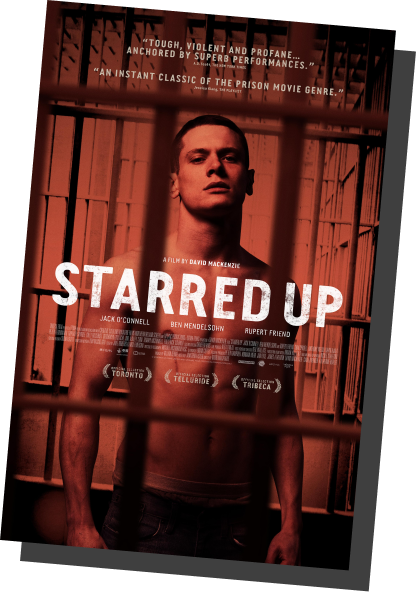
Modern indies also share alternative insights and views on political or controversial affairs, such as wars in the Middle East, COVID-19, consumption of the digital age, and the New World order.
Other times, it depicts natural conversations between two people learning more about our world and themselves. Here are a few indie films you may recognize from today:
Donnie Darko
Richard Kelly
25th Hour
Spike Lee
2003
Lost in Translation
Sophia Coppola
Lady Bird
Greta Gerwig
Moonrise Kingdom
Wes Anderson
Notable Independent
Film Directors and Producers

Independent film directors, artists of the digital landscape, derive stories from personal experiences, perception of events, and authentic emotions. While you may recognize many of these names, their ability to bend the norm doesn’t guarantee they were praised for their individuality when releasing their art.
The following profiles name several notable independent directors, share their years in production, and the indie films people know them best for creating:
Notable
Independent Directors
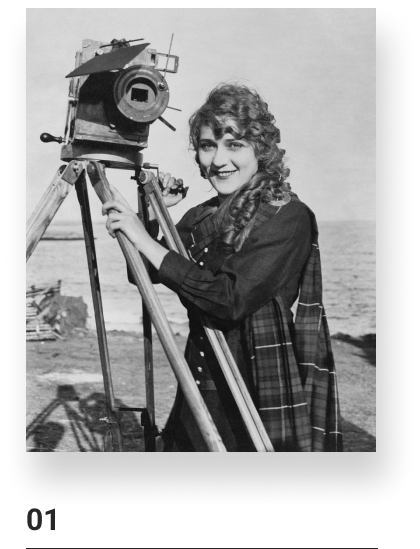
Mary Pickford
Years creating :
1900-1955
Best known for:
The Gay Desperado (1936) and Taming of the Shrew (1929)
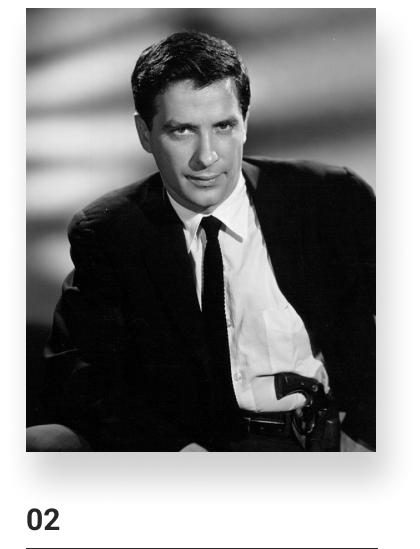
John Cassavetes
Years creating :
1951-1989
Best known for:
Faces (1968), Opening Night (1977), and A Woman Under the Influence (1974).
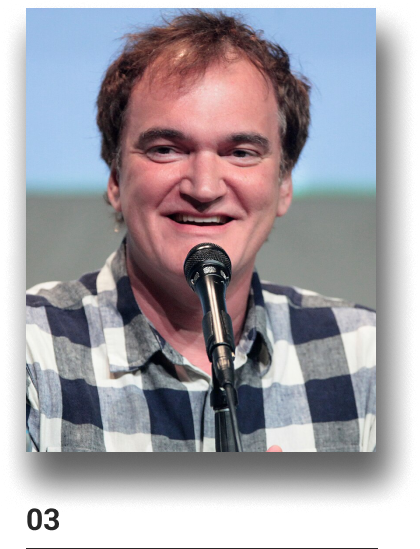
Quentin Tarantino
Years creating :
1987-Present
Best known for:
Pulp Fiction (1994) and Reservoir Dogs (1992)
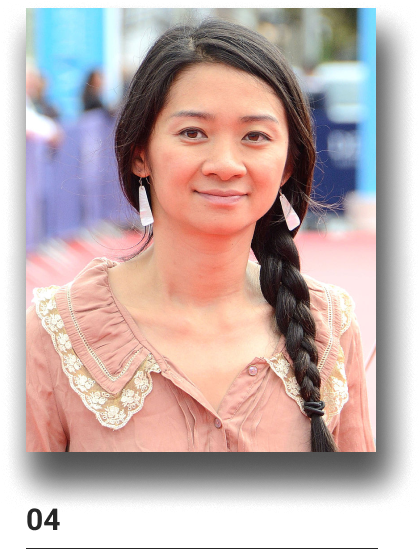
Chloe Zhao
Years creating :
2008-Present
Best known for:
Nomadland (2020) and The Rider (2017)

Walter Mirisch
Years creating :
1947-2016
Best known for:
West Side Story (1961) and The Magnificent Seven (1960)

Sophia Coppola
Years creating :
1998-Present
Best known for:
Marie Antoniette (2006), Lost in Translation (2003), Virgin Suicides (1999)

Charlotte Wells
Years creating :
2014-Present
Best known for:
Aftersun (2022) and Blue Christmas (2017)

Nikyatu Jusu
Years creating :
2007-Present
Best known for:
Nanny (2022) and Suicide by Sunlight (2019)
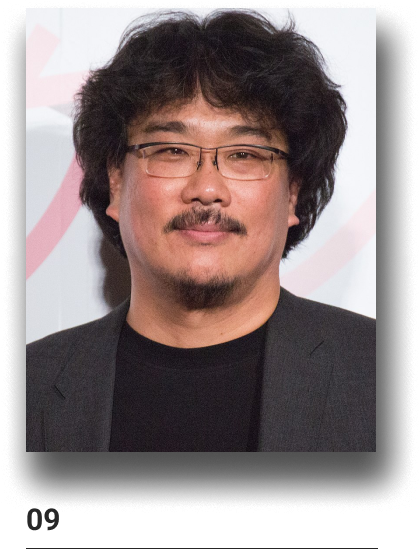
Bong Joon-ho
Years creating :
1994-Present
Best known for:
Parasite (2019) and Snowpiercer (2013)
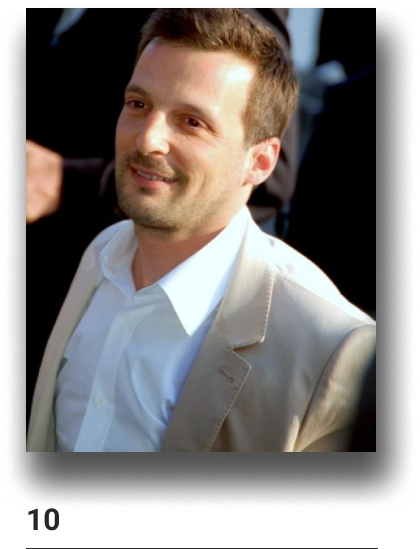
Mathieu Kassovitz
Years creating :
2017-Present
Best known for:
Rebellion (2011) and La Haine (1995)
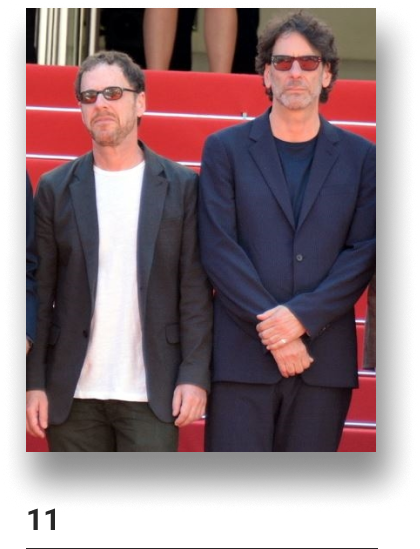
The Coen Brothers (Joel & Ethan)
Years creating :
1984-Present
Best known for:
No Country for Old Men (2007) and Fargo (1996)

David Lynch
Years creating :
1967-Present
Best known for:
Blue Velvet (1986) and Eraserhead (1977)
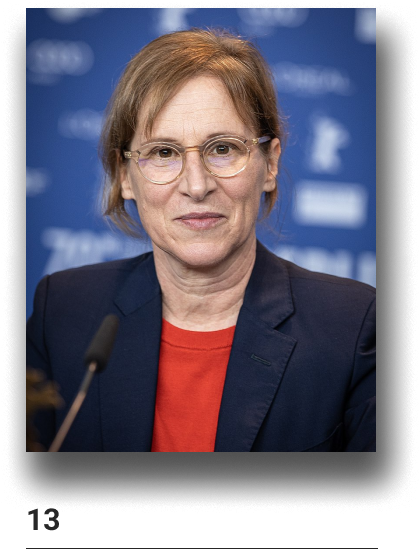
Kelly Reichardt
Years creating :
1994-Present
Best known for:
First Cow (2019) and Wendy and Lucy (2008)
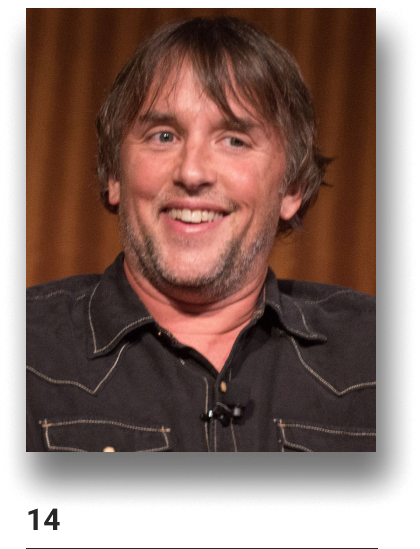
Richard Linklater
Years creating :
2005-Present
Best known for:
Boyhood (2014), Before Midnight (2013), and Boyhood (2014)
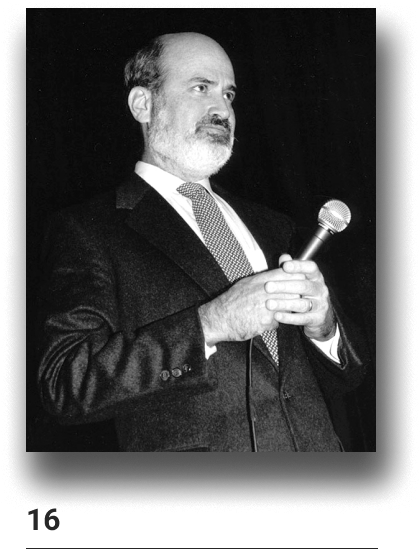
Terrence Malick
Years creating :
1973-Present
Best known for:
The Tree of Life (2011) AND Badlands (1973)
Notable
Independent Directors

Mary Pickford
Years creating :
1900-1955
Best known for:
The Gay Desperado (1936) and Taming of the Shrew (1929)

John Cassavetes
Years creating :
1951-1989
Best known for:
Faces (1968), Opening Night (1977), and A Woman Under the Influence (1974).

Quentin Tarantino
Years creating :
1987-Present
Best known for:
Pulp Fiction (1994) and Reservoir Dogs (1992)

Chloe Zhao
Years creating :
2008-Present
Best known for:
Nomadland (2020) and The Rider (2017)

Walter Mirisch
Years creating :
1947-2016
Best known for:
West Side Story (1961) and The Magnificent Seven (1960)

Sophia Coppola
Years creating :
1998-Present
Best known for:
Marie Antoniette (2006), Lost in Translation (2003), Virgin Suicides (1999)

Charlotte Wells
Years creating :
2014-Present
Best known for:
Aftersun (2022) and Blue Christmas (2017)

Nikyatu Jusu
Years creating :
2007-Present
Best known for:
Nanny (2022) and Suicide by Sunlight (2019)

Bong Joon-ho
Years creating :
1994-Present
Best known for:
Parasite (2019) and Snowpiercer (2013)

Mathieu Kassovitz
Years creating :
2017-Present
Best known for:
Rebellion (2011) and La Haine (1995)

The Coen Brothers (Joel & Ethan)
Years creating :
1984-Present
Best known for:
No Country for Old Men (2007) and Fargo (1996)

David Lynch
Years creating :
1967-Present
Best known for:
Blue Velvet (1986) and Eraserhead (1977)

Kelly Reichardt
Years creating :
1994-Present
Best known for:
First Cow (2019) and Wendy and Lucy (2008)

Richard Linklater
Years creating :
2005-Present
Best known for:
Boyhood (2014), Before Midnight (2013), and Boyhood (2014)
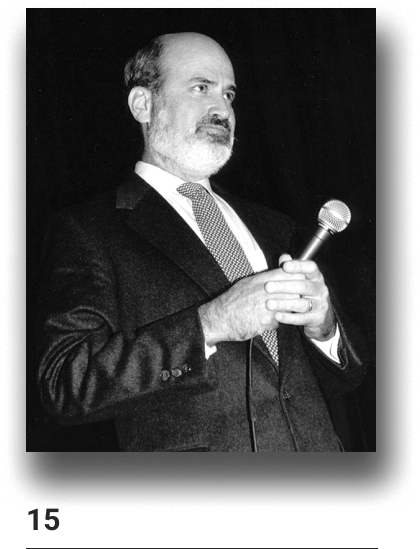
Terrence Malick
Years creating :
1973-Present
Best known for:
The Tree of Life (2011) AND Badlands (1973)
History of Film Festivals

Film festivals celebrate the art that is film production, platforming emerging talent, independent directors and producers, and blockbuster films. Dedicated organizations, state and government entities, theaters, universities, cinemas, and arts associates are among the primary film festival hosts. These events give independent creators unique opportunities to showcase their work to a real audience containing spectators, distributors, and critics.
Festival Triumphs for Filmmakers
Participating in film festivals is an excellent way to gain recognition and acclaim in the industry. For example, critics and press individuals may write digital or print reports for a broader audience, further elevating an indie filmmaker’s rapport.


Cinematic Networking
Directors and producers can network with others in the same position–exchanging ideas on filming techniques, cultural perspectives, and interpretations of each others’ work.
Key industry professionals, such as established filmmakers, may also seek investment opportunities, so building solid connections through engaging conversation could help indie filmmakers access more funding or partnerships. Although festivals grant awards, it’s a non-competitive environment, allowing creatives to honor each other’s work and stories.
1932: The First Film Fest
Count Giuseppe Volpi di Misurata, Biennale President, helped organize The Venice International Film Festival–the first of its kind.
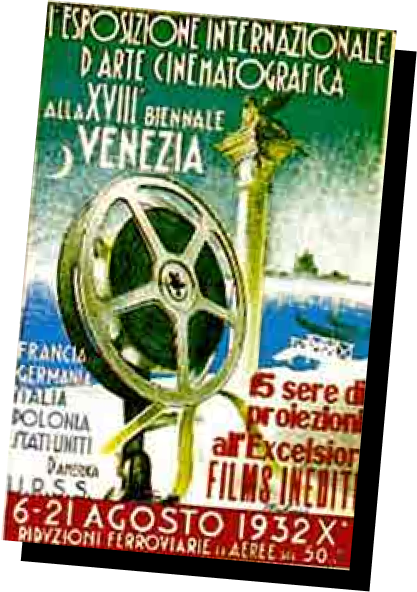
The prestigious event filmgoers recognize today intended to celebrate Italian cinema and foster international artistic relations, opening opportunities to share cultural values and display unique filming styles,
Such as classic American horror, Dr. Jekyll and Mr. Hyde (1931) by Rouben Mamoulian.
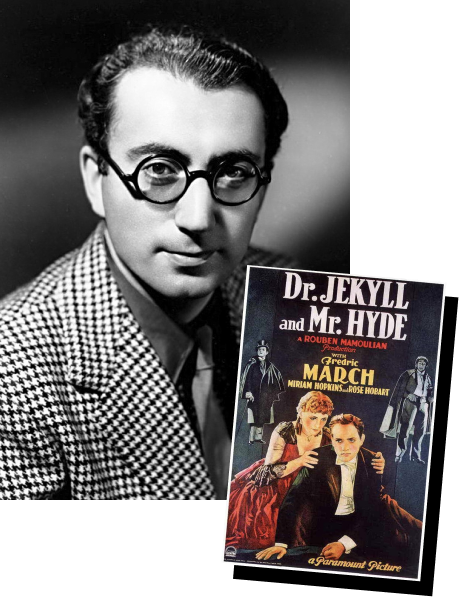
Italian films celebrated include
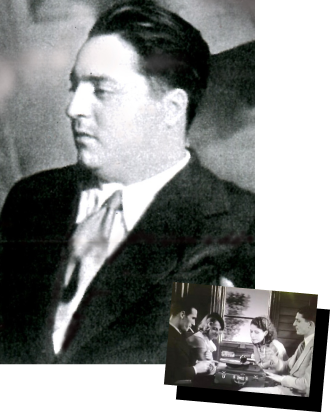
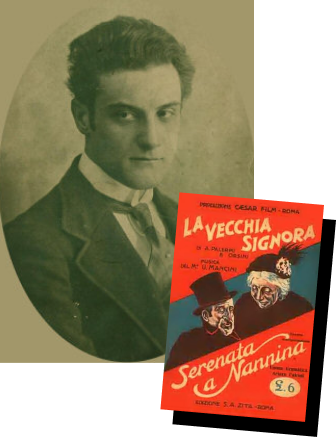
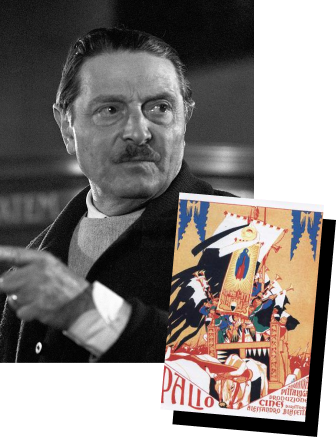
Treno Popolare (translated as People’s Train) by Raffaello Matarazzo, La Vecchia Signora (translated as The Old Lady) by Amleto Palermi, and Palio by Alessandro Blasetti.
Treno Popolare and La Vecchia Signora both center around personal struggles in society, like unfair working-class treatment in the workplace and senior citizens’ challenges in adapting to a fast-changing society. Palio adopts documentary-style filming, capturing the rituals and atmosphere of traditional horse racing.
1946: Cannes Reacts to Venice
September 1st, 1939, was meant to mark the first Cannes Film Festival. Still, it was halted, only showing The Hunchback of Notre Dame (1939) by William Dieterle as Germany invaded Poland, signifying the start of World War II.
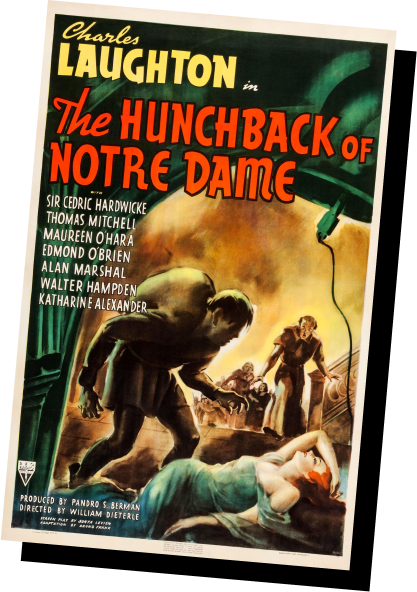
Jean Zay established the Cannes Film Festival to relieve participants of the propaganda and fascist ideology embedded in The Venice Film Festival at the time. Cannes reopened the film fest as a way to attract tourism to help resolve the economic downturn as a result of the War.
1951: Berlin’s Film Festival Resurges
Launched as a summer film festival, the Berlinale originated before Hitler’s prominence. It emerged as Europe’s leading film festival, exploring German Expressionism before Hitler’s dominance. Like Venice, Berlin was subject to fascism and propaganda. The resurgence of what was once an artistically flourishing environment occurred when Oscar Martay formed a committee to rebuild recognition of the German film industry.
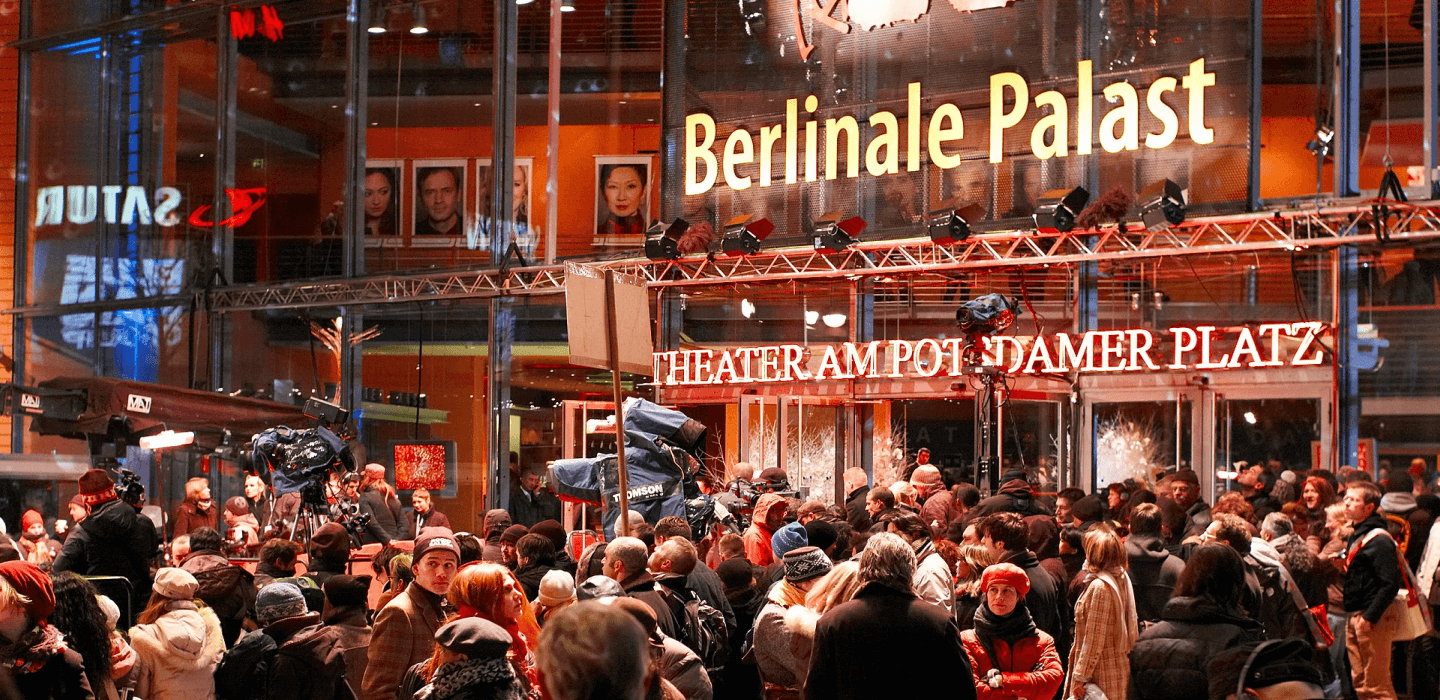
While it successfully attempted to portray visions of the West as structural, liberal, and expressive on the brink of the Cold War, it also projected Berlin to the forefront of European cinema during the post-war period. Still today, Berlin is considered an artistic hub of the continent.
World-renowned director Alfred Hitchcock aired Rebecca (1940), a psychodrama with romantic undertones.
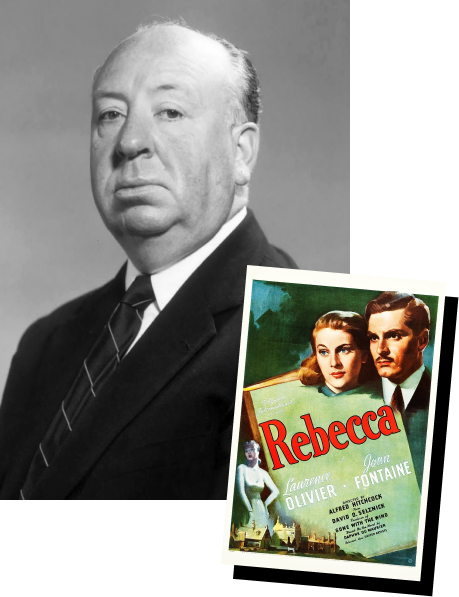
Benefits of
Independent Films

Indie films yield the following benefits:
- Encourages creative freedom:
- Acts as an art form:
- Voices minorities and values cultural representation:
- Shares realistic insights:
- Promotes individuality:
Encourages creative freedom:
Independent films often explore unconventional storytelling nuances, such as altering audience perception through unique portrayals of time and character points of view, blending genres, and following non-linear narratives. Indie films are free from commercial constraints, like product placement or appealing to the masses to generate revenue, allowing the story to unfold most genuinely.
Acts as an art form:
Independent film is a digital art form that expresses various themes and emotions based on the creators’ unique experiences or perceptions of sensitive topics. They also express indie filmmakers’ perceptions of mysterious things through genre-blending, like horror-folklore or documentary-thrillers. Prioritizing storytelling over appealing to demographics allows filmmakers to experiment with color palettes, as seen in Parasite, with green and blue undertones throughout.
Voices minorities and values cultural representation:
Indie films can amplify minority groups’ and communities’ voices by sharing authentic stories on cultural rituals, cultural customs, religion, oppression, societal pressures, and emigration. These productions feature talent from minority groups to accurately represent the characters and communities they’re conveying. Atanarjuat, The Fast Runner (2001) by Zacharias Kunuk, features indigenous Inuit Canadian talent and tells a narrative spoken entirely in Inuktitut. The film’s importance plays homage to the cruciality of representation in film.
Promotes individuality:
As an artistic painting or sculpture may ignite self-expression motivations in its onlookers, independent film can do the same. Aspiring creators, as shown in Scrosese’s early career comments, can see the beauty in depicting individual stories. Indie films also prove that creators don’t necessarily need the power of conglomerate distributors or large studios to succeed.
Top Film Festivals
Around the World

The list below contains influential American and international film festivals, previous indie film winners, and key indie film segments:
Careers in Filmmaking

Careers in independent filmmaking cover a plethora of roles. While direction and production may be obvious routes, aspiring creatives will find more niche opportunities specializing in sound, editing, lighting, talent sourcing, and researching. Here are some avenues into film:
College Education
Tertiary education in film typically combines elements of practical filming, theory, and analysis.
Here are some degree titles candidates could seek:
Bachelor of Arts
Film and Media
Bachelor of Fine Arts
Film Studies
Bachelor of Communicating Arts
Theatre and Digital Filmmaking Concentration
Bachelor of Acting for Stage, Screen, and Digital Media
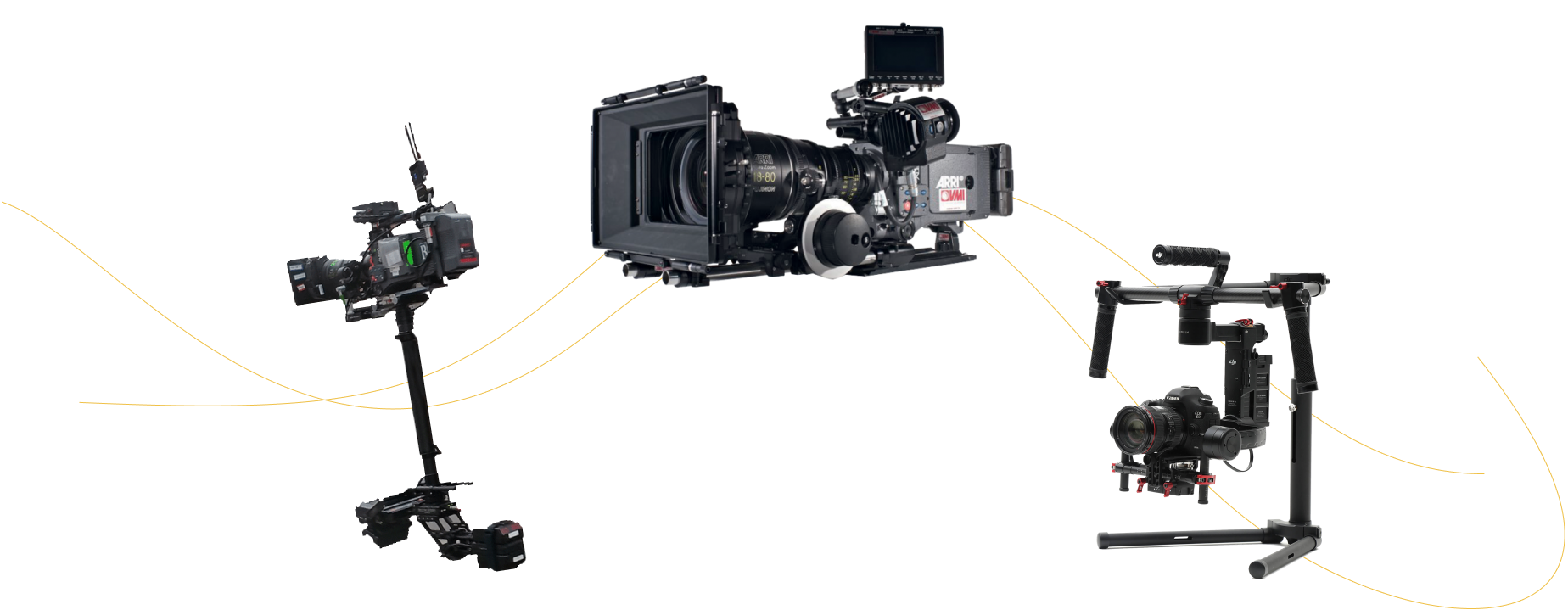
Filming modules allow students to experiment with various camera types, such as Steadicams, Blackmagic production cameras, and gimbals.
Exploration into camera techniques
Like pull focusing, panning, and adjusting camera settings, such as the aperture and white balancing, provide the fundamental operation skills required for filming.
Editorial modules teach aspiring editors how industry-standard applications like Avid Media Composer function. For example, they may also apply lessons like creating effects in Adobe After Effects. Editing techniques involve:
Cutting to the beat of the track
Aligning sound and score.
Rendering the shots so they use consistent coloring and quality when applicable.
Sensory Production Mastery
Sound and lighting involve exploring advanced equipment, assessing the area, and managing wires. Sound and lighting engineering involves incandescent lighting, LED technology, boom mics, mixers, and speakers. Further modules may cover the theory behind cinematography (color, lens, composition, exposure, for example), independent cinema, documentary-making, screenwriting, and genre.
According to the U.S. News and World Report (as of July 2023), some of the best colleges for film degrees include:
Stanford University
Yale University
University of Chicago
Dartmouth College
Vanderbilt University
The University of California
Scholarships
Colleges typically offer or help to organize scholarships for film and media majors. Partnerships between educational institutions and media studios may give candidates advantages. Applicants can find educational opportunities by reviewing dedicated scholarship websites promoting vacancies. Scholarships 360, for example, outlines at least 60 prospects per month with location, application deadlines, and financial awards.
Candidates may require the following prerequisites:
Grade point average report
Personal statement or cover letter
Resume
Free Application for Federal Student Aid completed form.
Letter of recommendation from previous mentors, professors, or media-related employers
Film scholarships are an excellent way to network with influential industry professionals. Aspiring filmmakers should strive to build their portfolio and experiment with various cameras, sound, lighting, and coloring techniques to identify and build their own personal style.
Career Paths
Visualize a filmmaking career by seeing various entry-level, mid-level, and senior-level roles.
Important note: Although qualifications accredit your skills and experience practicing filmmaking, you can create independent films without credentials. You just need equipment.
Entry-Level Positions
Runner:
Runners run errands for the film crew to ensure a smooth production process. Tasks include delivering documents, transporting set equipment, administration, and basic research.
Film Extra:
Film extras operate as background characters on camera. Tasks involve acting as per the director’s brief, moving and speaking naturally, along with attending costume fittings and make-up appointments.
Mid-Level Positions
Camera Operator:
Camera operators liaise with directors and producers to create the perfect shot, considering aspects like movement, exposure, distance, and depth of field. They adjust focus, brightness, and exposure and maintain the camera by cleaning crevices (such as with a DSLR Sensor cleaning brush) and polishing lenses.
Production Assistant:
Production assistants work alongside the producer, preparing sets for filming, distributing scripts, and reviewing budgets. They act as a liaison between crew members and relay updates to performing participants.
Movie Editor:
Editors use advanced software to collate, review, and join rushes, also known as shots, to communicate the whole story. They set the tone by integrating special sound effects, like booms, outside ambiance, vehicles, shooting, and audience chatter. Adjusting sounds like speech and the score evokes emotions and manipulates viewers’ perceptions of characters through sound. For example, the deep pitch sounds for villainous characters.
Senior-Level positions
Director:
Directors oversee the artistic execution of visual storytelling at all stages of production. They make crucial decisions on cinematography, videography, sound, emotion, camera movements, speech, tone, and lighting. Directors ensure the film’s footage relays the narrative accurately.
Producer:
Producers manage behind-the-scenes decisions, such as casting, locations, scriptwriting, budgeting, and marketing. Marketing efforts involve trailers, interactive campaigns like pop-up stores, and artistic installations. They may negotiate deals with distribution companies before the film is released.
Resources for Independent Directors and Producers

Indie directors and producers can review some of these resources for a sense of community and access support:
Directors/Producers Guild of America (DGA/PGA):
This non-profit organization offers memberships for directors and producers separately. They support directors and producers of feature films, short films, animated films, and documentary films. Membership with these organizations opens opportunities for mentorship, job opportunities, and discounts on PGA programs like conferences.
Alliance of Women Directors (AWD):
Members of the Alliance of Women Directors can access free or discounted events like mixers and workshops. Members join a directory of directors, further enhancing exposure in the industry. The AWD facilitates networking opportunities and advocates for women’s right to equality in the film industry.
Independent Film and Television Alliance (IFTA):
The IFTA advocates the value of indie films in American culture. The IFTA ensures independent creatives maintain licensure over their work, maintaining a sense of unique individuality. Resources include a partner program to connect with other members and speak on independent cinema, COVID production guidelines, and model agreements.
Film Independent (Grants and Awards):
Film Independent connects financial donors with filmmakers to claim funding for equipment, crew, licensing, and renting expenses. They promote several fellowships involving grants of between $10,000 and $30,000.

